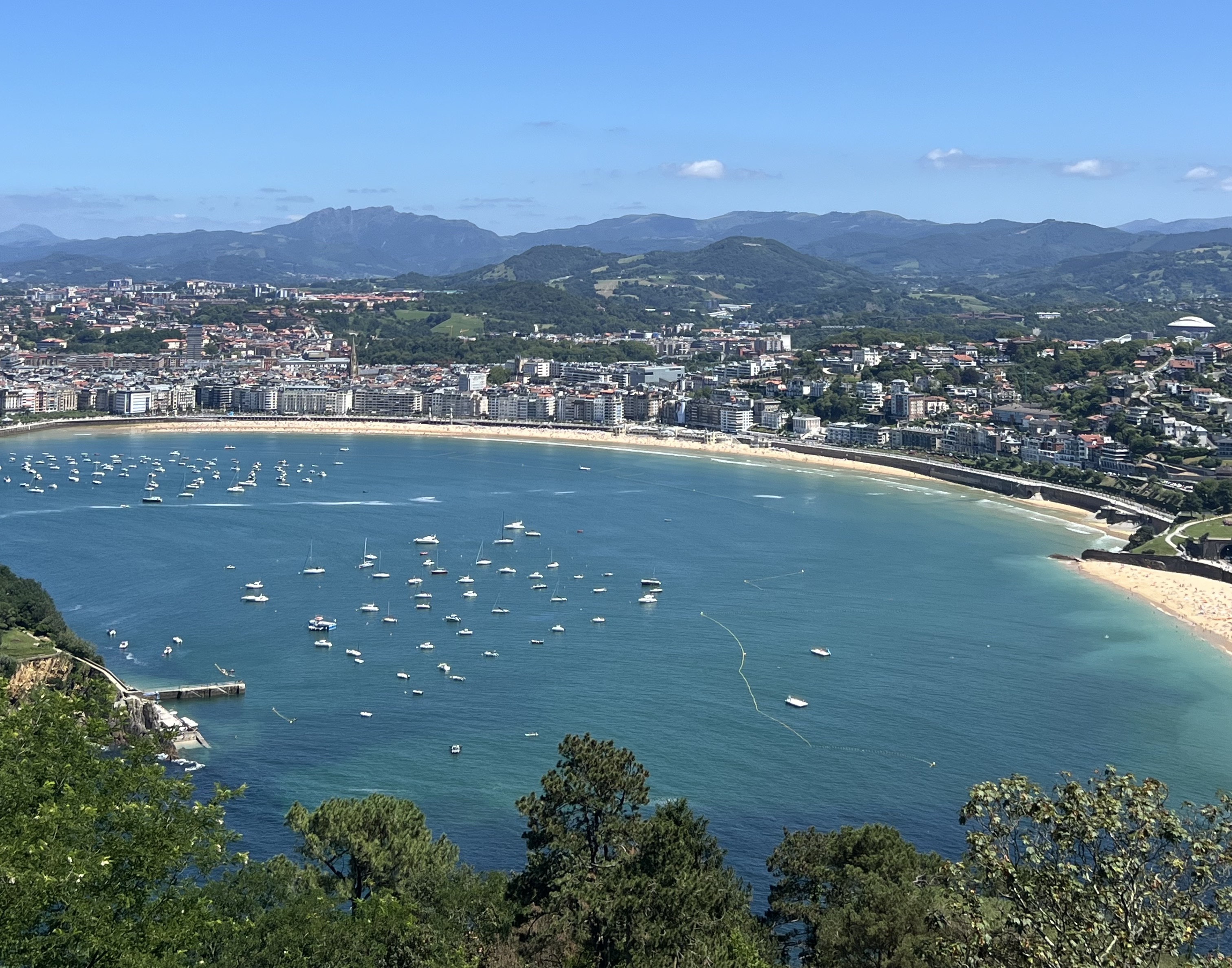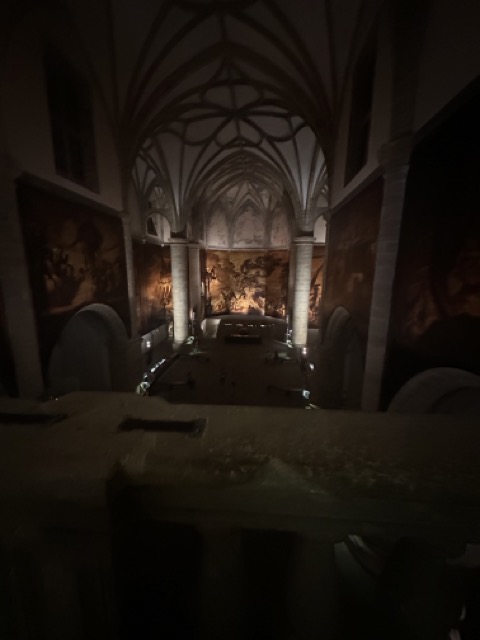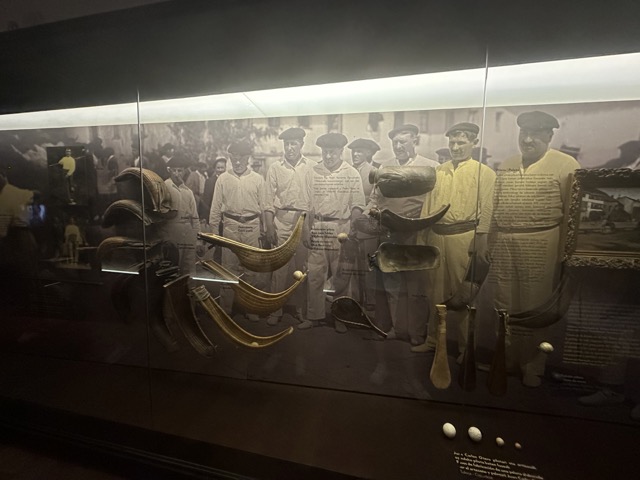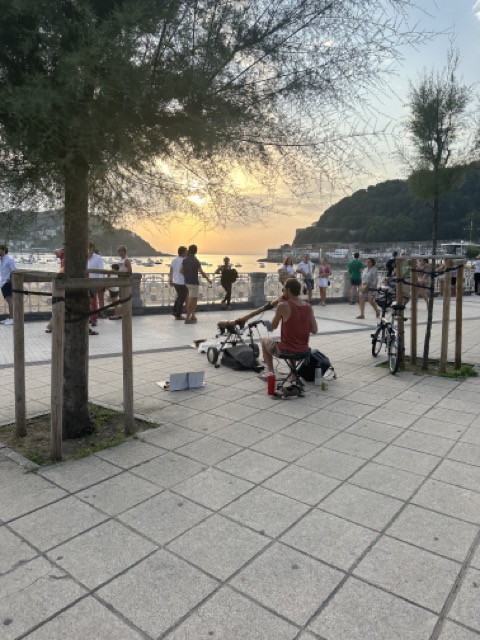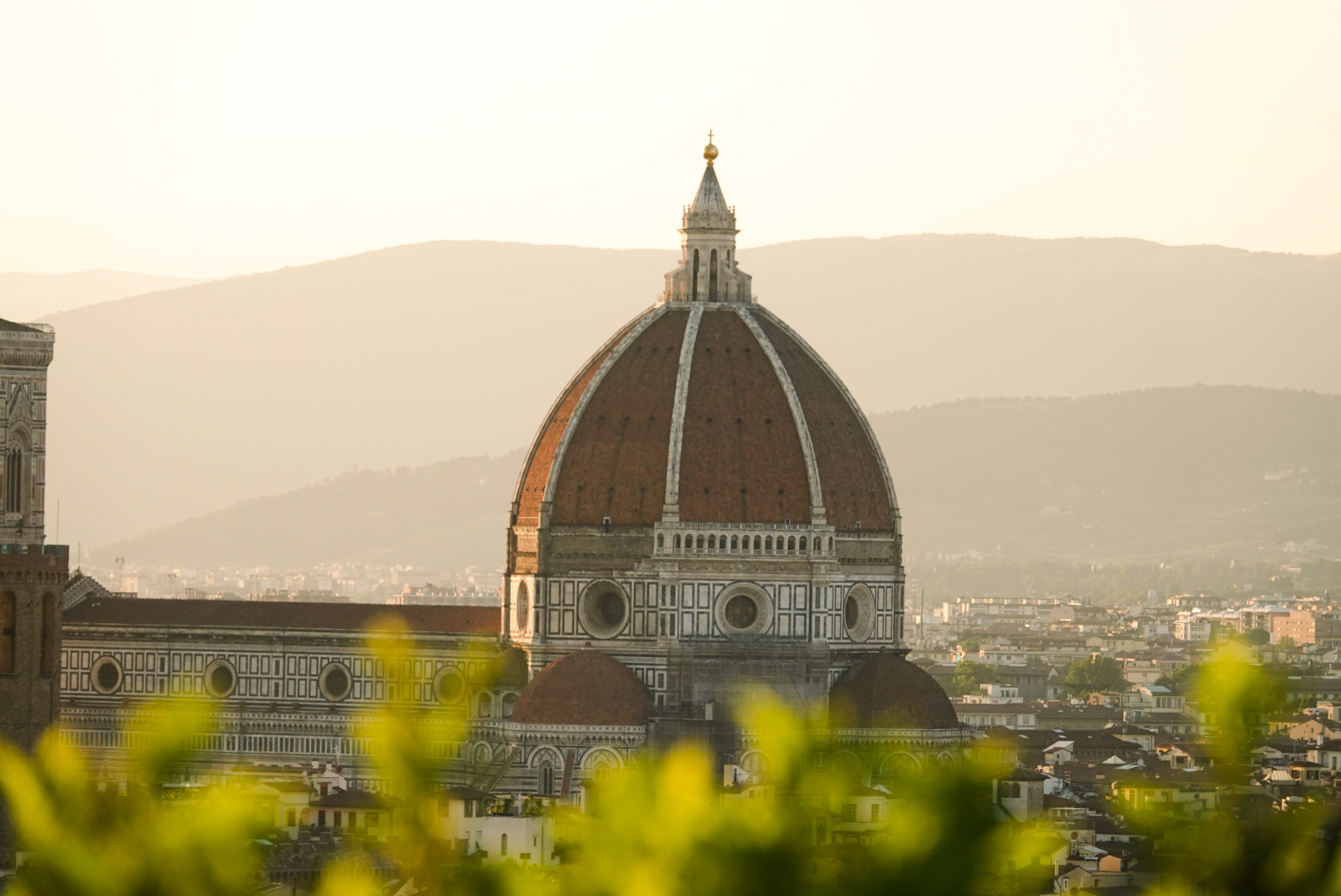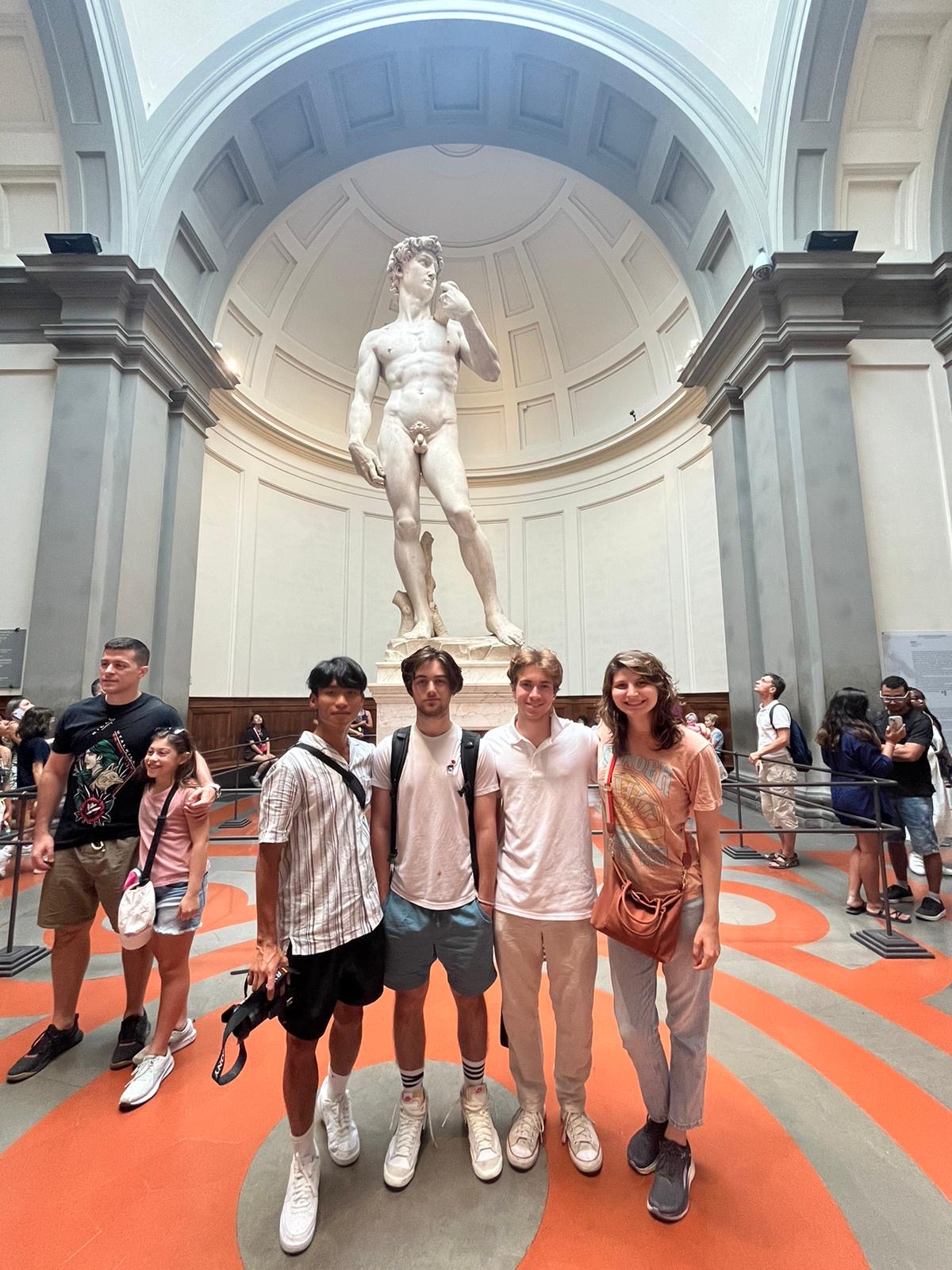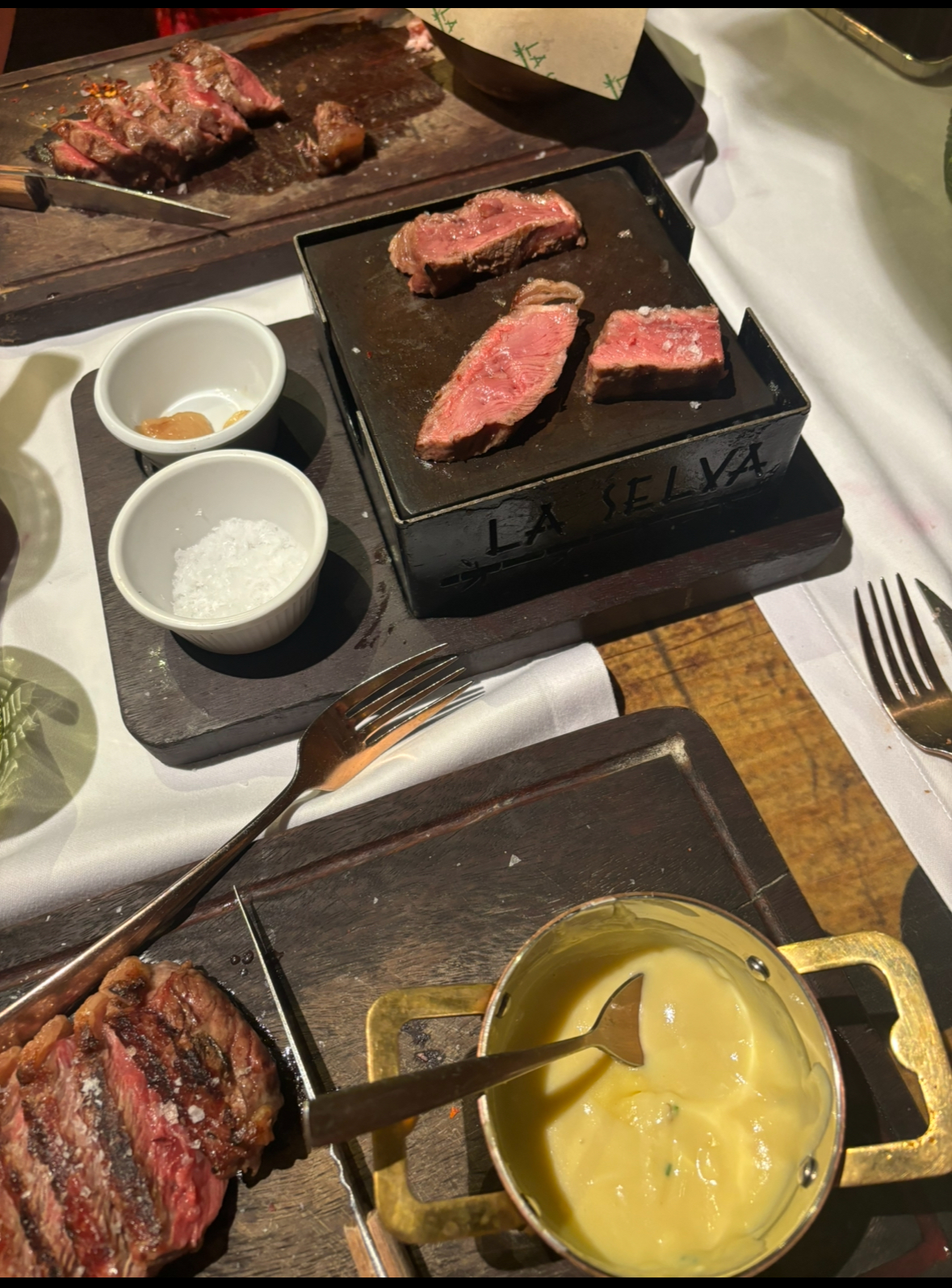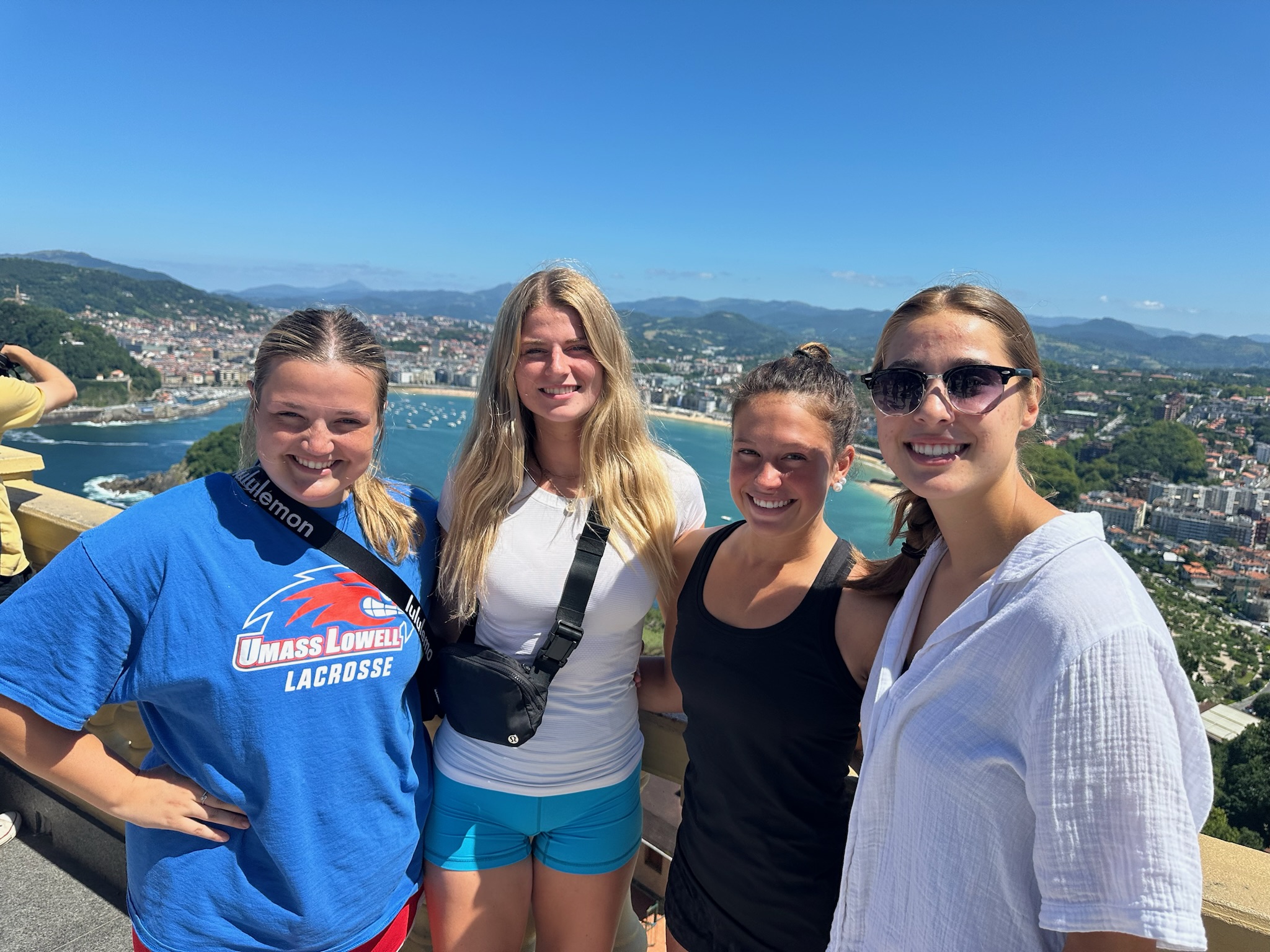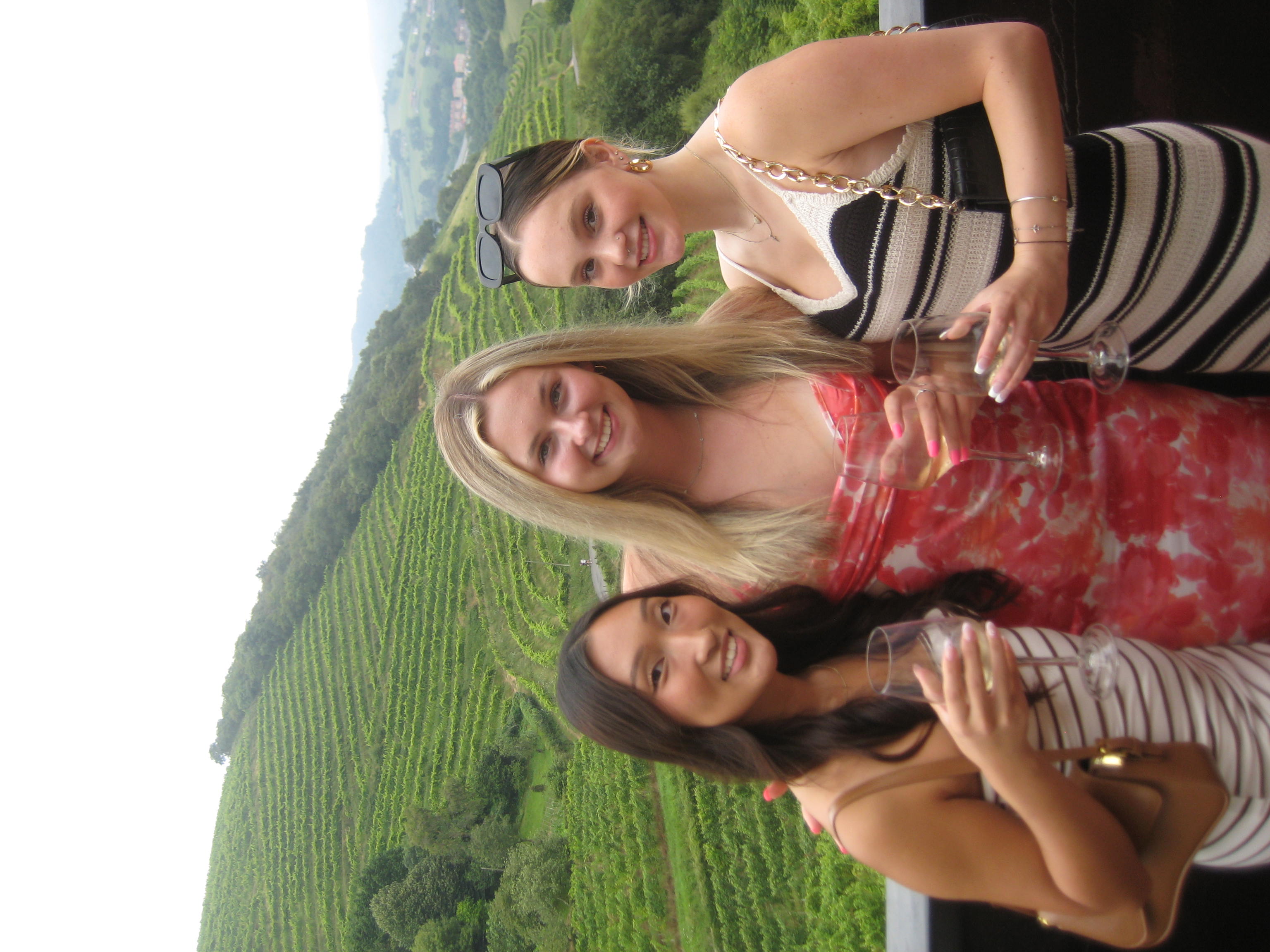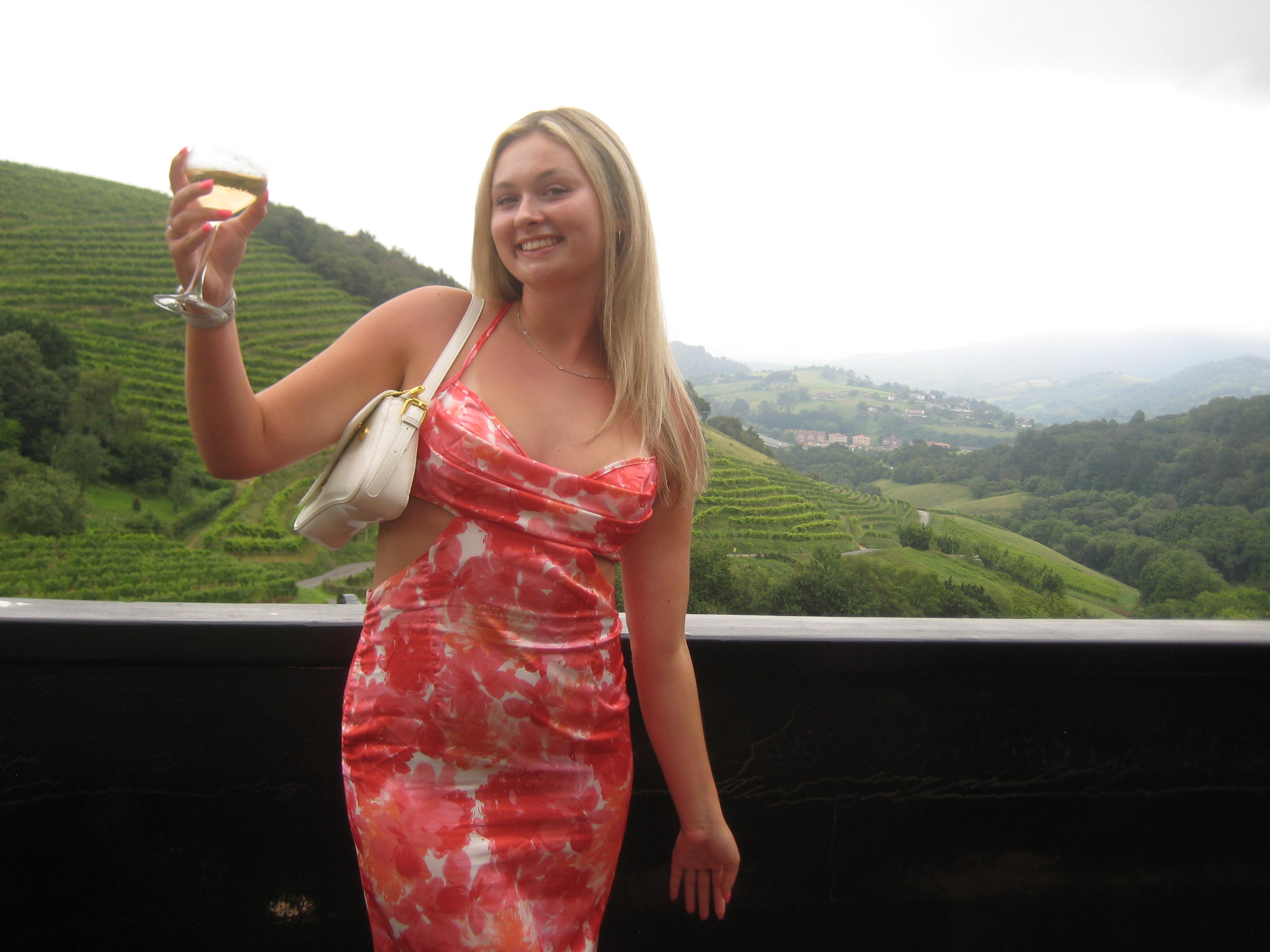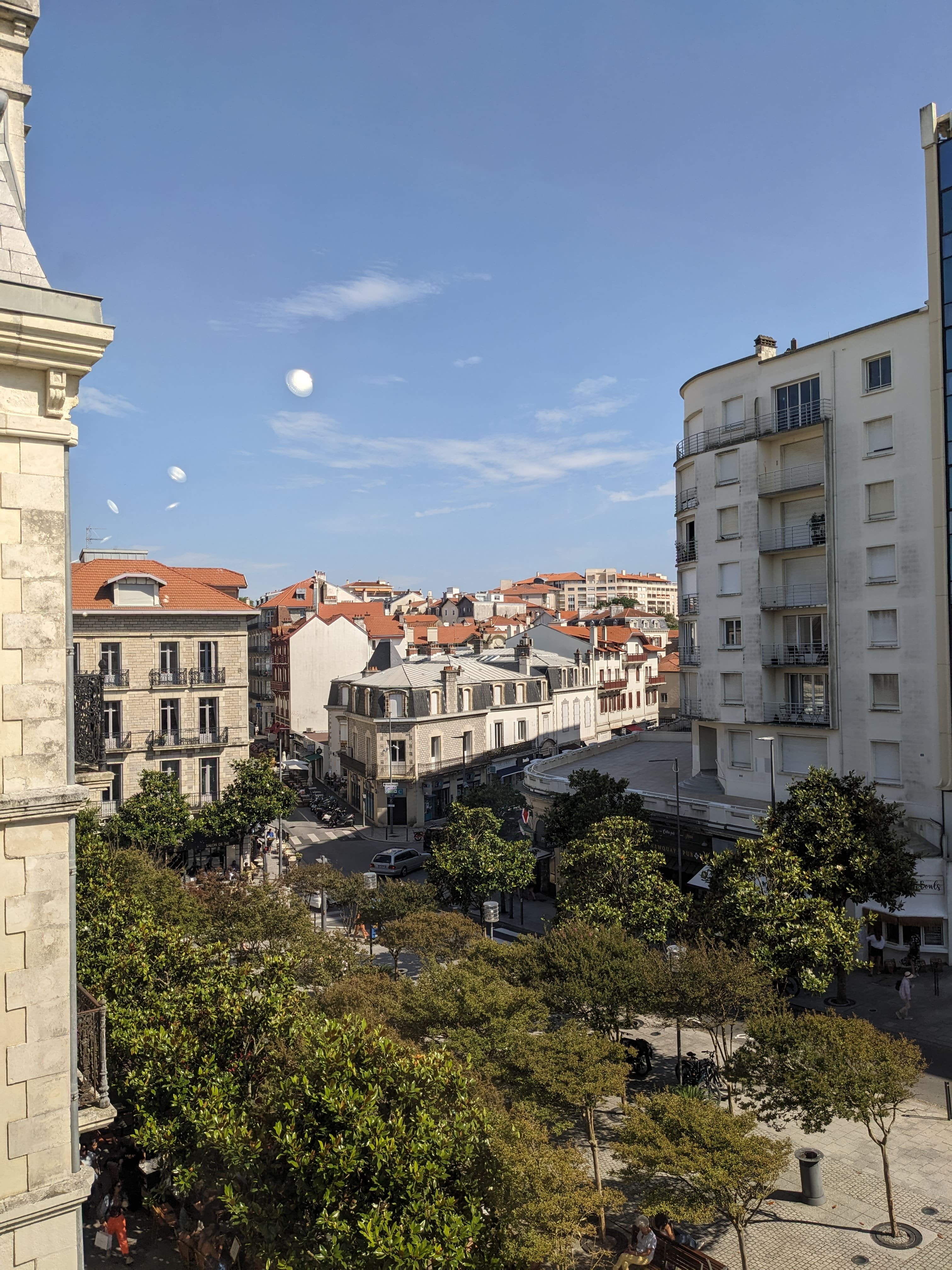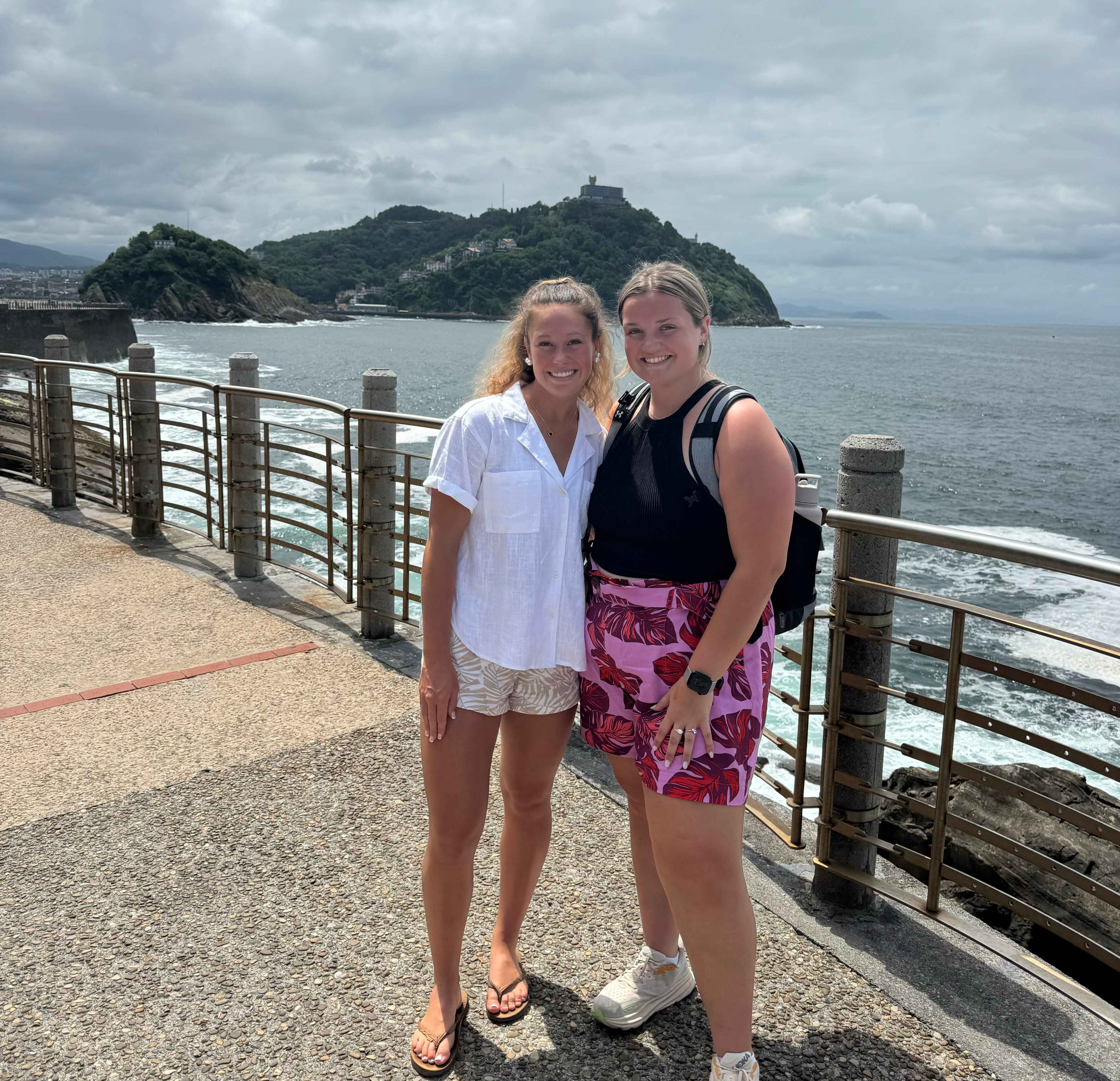When I first arrived in San Sebastián, I was filled with nervous excitement. It was my first time traveling without my family, and the unfamiliarity of it all was a bit overwhelming. However, I soon discovered that adjusting to life in San Sebastián was much easier than I had anticipated. The city’s beauty struck me immediately; its architecture and landscapes were truly breathtaking, especially when compared to what I was used to in the U.S.
One of the standout experiences of my trip was the walking tour we took on our second day. Exploring the city and learning about its rich history was both exhilarating and enlightening. San Sebastián’s walkability and bike-friendliness also impressed me. Most days, we cycled to class along the extensive bike paths, enjoying scenic views of the ocean that felt almost surreal—something you wouldn’t typically experience in the U.S.
Navigating the city was initially a challenge, but I quickly adapted. Another hurdle was the language barrier. Communicating in Spanish proved difficult at first, but the Spanish classes we took significantly improved my skills. By the end of the trip, I was comfortably ordering food and asking for the bill in Spanish.
Another highlight of this trip was visiting a local winery. Learning about the production of Txakoli and the history behind it was fascinating. The stunning scenery also made for great photos. I also enjoyed the day trip to Biarritz, France, which was also great for photos. I really enjoyed dressing up, exploring the city, and admiring the stunning views.
Encouraged to explore nearby destinations for the long weekend, I chose to visit Barcelona. The contrast between the bustling, tourist-heavy city and the more laid-back atmosphere of San Sebastián was striking. I found that I had to have my guard up at all times in Barcelona. Whereas in San Sebastian, there was never a moment where I really felt unsafe. Highlights of this weekend trip included Park Güell and La Sagrada Familia, both of which were incredibly beautiful.
San Sebastián is renowned for its pintxos—small snacks often served at bars. Initially hesitant, I only tried one pintxo in the first week. However, after the pintxos tasting tour, I discovered a newfound appreciation for them. Antonio Bar became a favorite spot, with its shrimp ravioli and a dessert similar to French toast standing out. I also ventured into more adventurous territory with dishes like boar head and anchovies, which I didn’t particularly enjoy, but I was glad to have tried.
Despite all the incredible things I did and saw during my three weeks in San Sebastián, the most cherished part of my study abroad experience was the people I met. I didn’t expect to form such close connections with others in my program, but we quickly bonded, making unforgettable memories together. Leaving San Sebastián was tough, not just because of the city’s beauty but also because of the strong connections I had made. We also interacted with locals, tourists, and other students at Lacunza, and it was hard to say goodbye to them as well.
This study abroad experience has profoundly impacted me. Venturing out of my comfort zone to explore a foreign country was a transformative journey, and I am deeply grateful for the opportunity. San Sebastián’s beautiful scenery, delicious food, vibrant culture, and welcoming people have left a lasting impression on me. I’m certain I’ll return to this charming city in the future.
